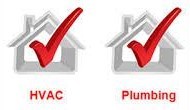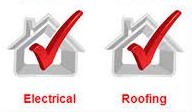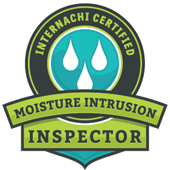4-point Inspection


What is a 4-point inspection in Florida?
A 4-point inspection looks at the 4 major systems (Roof, Electrical, Plumbing, HVAC) in an older home. An insurance company wants to know that an older home has been well maintained, and the major systems are in good working condition. This is not a safety inspection. They are done by a licensed inspector or building contractor.
Here is what a 4-point inspection looks at:
Roof– Type of Roof Covering (shingles, tile, rolled). The age and condition of the roof. Are there missing shingles or leaks?
Electrical System– The type of the wiring in the home (copper, aluminum, knob and tube). The brand of the electrical panel. The condition of the homes electrical system
Heating and Cooling – Is there central heat and air in the home? The age and condition of the system. Are there signs of leaking?
Plumbing System – Type of supply and drain lines found in the home (copper, CPVC, galvanized, lead, polybutelene, etc. Is there evidence of current leaks? The age of the hot water heater.
Does Florida Homeowners Insurance Require 4-Point Inspections?
When you own or purchase an older home, rental property, or condo in Florida, you will likely need a 4-point inspection before purchasing a homeowners policy.
Why do I need a 4-Point Inspection
Insurance companies have become increasingly reluctant to issue Homeowner Insurance Policies on older homes (usually 25 years old or more).
Their common concern is that there may be conditions in an older home that could become a liability to them. For instance; a home with a roof nearing the end of its reliable service life may fail while under the policy and the homeowner may seek reimbursement from their insurance company for damages to the home or its contents. Similar concerns extend to the condition of the HVAC, electrical and plumbing systems in an older home. If these elements are in poor condition, in need of being updated or replaced or were improperly installed, they may fail and cause fire or water damage to a home.
Newer homes are assumed (by the insurance companies) to not have these problems as frequently as older homes.





